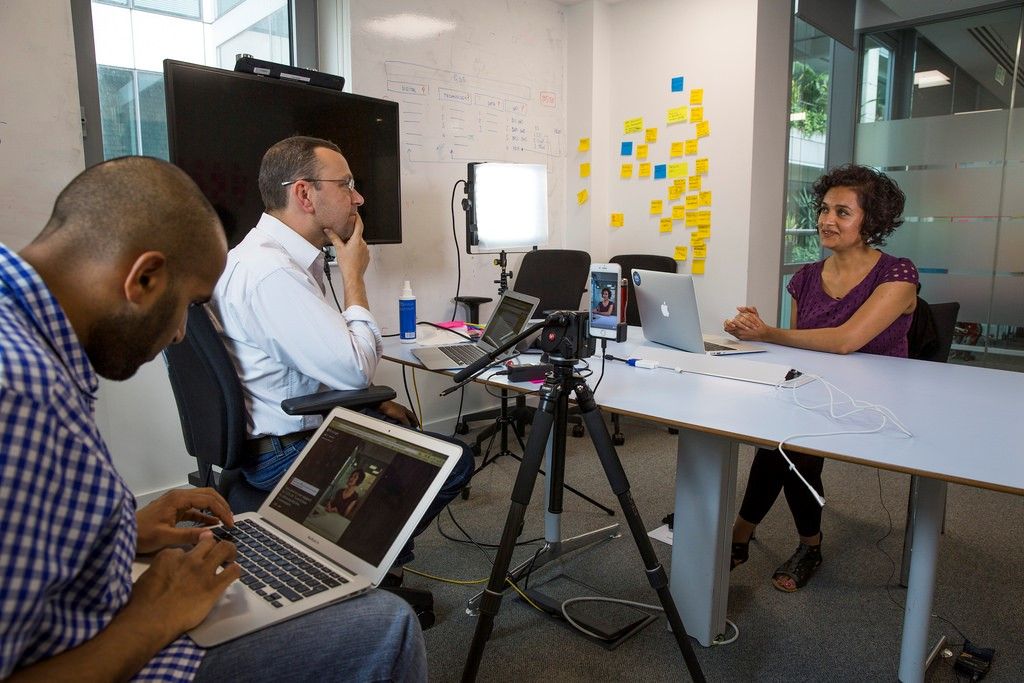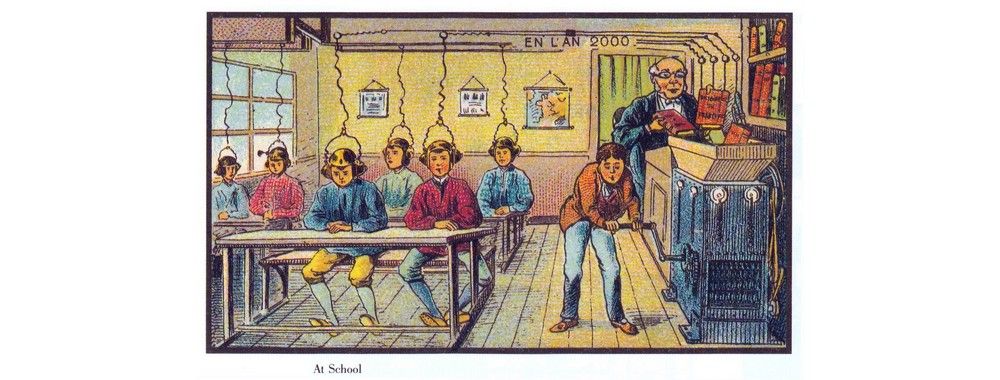There’s a voice that most of us will listen to in preference to any other; that voice is our own. If you want to sell products or influence users to take actions, you’ll need that voice to be in agreement with what you want the users to do; get it wrong, and they won’t do it. This alignment of voices holds true most obviously in traditional media such as television advertising, but is it possible to do this via design? Read on and find out.
We All Hear Our Own Voices in Our Heads
We all talk to ourselves; it might not be out loud, but it’s our own thoughts that form an audible voice in our heads. It’s the strongest voice that most of us ever hear. It’s our internal dialogue, and, for most people, it’s the voice they pay most attention to – their own.
The Healthy Internal Dialogue

Author/Copyright holder: The U.S. Army. Copyright terms and licence: Public Domain.
“Do I really want to be doing this?” A healthy internal dialogue gives us the confidence to push ourselves to our limits and try new things.
The best kind of internal dialogue is one which reinforces the positive aspects of our lives. It tells us that we’re clever enough to tackle a new challenge, or that we’re strong enough to deal with adversity. It reminds us that we have confidence, beauty, wit or whatever we need in the moment that we face a particular challenge. It’s like a scanning program that kicks in so as to run an inventory check; by zeroing in on the virtuous characteristics we possess, it is then able to whisper in our minds’ ears, delivering that much-needed affirmation or pep talk.
“Whenever you can’t balance what you see with what you believe you have conflict.”
—Shannon L. Alder, Inspirational author
There’s a whole field of psychotherapy dedicated to helping people improve their internal dialogue. It turns out that when we believe we are capable of something, we are much more likely to succeed at it. That’s true, irrespective of your innate ability, for the task in hand or any other tools, instructions, etc. provided.
Human beings function best when they feel that they are able to make decisions and embrace those decisions. We are hard-wired to grow—the alternative, stagnation, is too depressing to bear, not least because life’s too short to sit doing the same old thing ‘forever’. As long as we can recognise those decisions as being beneficial (i.e., we’re not taking reckless risks), we can overcome seemingly insurmountable odds in most cases.
Why is this important?

Author/Copyright holder: Jakob Montrasio. Copyright terms and licence: CC BY 2.0
A positive internal dialogue lets us make choices that make us feel good about ourselves.
What if your site’s design could influence someone’s internal dialogue? What if you could help people feel better about themselves and, at the same time, sell your products to them? What if you could do that simply, easily and—most importantly—ethically?
Most people want to feel good about what they do; making other people feel better about their choices and decisions is a positive contribution to the world. Not only can influencing someone’s internal dialogue make you more money, but it can make you feel like what you do for a living matters.
Can You Change the Internal Dialogue?
This may be a more challenging matter as there continues to be little research into the most effective way to do this. The best approach to changing internal dialogue is likely to arise through user testing. In particular, you can observe this through user interviews. Doing so will allow you as a designer to ask the users about their internal dialogue. Take care here, though; you’ll be dealing with a strong risk of error any time someone talks about his/her perception of himself/herself. So, when you’re having discussions with users, take note of the point that internal dialogue and self-assessment are different. A personality is a powerful filter that can get in the way between what you hear from that person and what that person hears from within.
However, it may well be worth persevering with this exercise despite the lack of a clear blueprint. Geoffrey James, in his article on Inc.com, “Success secret: Change Your Internal Dialogue”, examines the benefits of altering his own internal dialogue and says:
“If your internal dialogue constantly uses words that leech your energy, you'll always be fighting an uphill battle. What's more, that negative self-talk has a habit of slipping into the words you say to others, which can cast a pall on everything you do.
By contrast, if your internal dialogue uses words that uplift you, you're greasing the wheels to become more successful. What's more, a positive internal dialogue is inevitably echoed in your day-to-day speech, making those around you more success-prone, too.”
Helping others improve their internal dialogue is likely to improve their quality of life, and, in turn, this is likely to improve the way they feel about the product or service of the organization for whom you’re designing.

Author/Copyright holder: gdsteam. Copyright terms and licence: CC BY 2.0
There is no established road map to influencing someone’s inner dialogue; you’ll need to conduct user research so as to work out the impact of your design on inner dialogue.
The Take Away
The internal dialogue is the conversation we have with ourselves; it is the voice of the self. It might be possible to help users shift their internal dialogue through design; if you could shift people’s internal dialogue positively, it is likely that they would view your offerings more positively, and your sales would increase. However, there remains no tried and tested blueprint for this in the first decades of the 21st century. Therefore, you would need to conduct user research focused on internal dialogue in order to determine the impact of your design on such dialogue. As the payout riding on the results of such dialogue can be great, examining how you can manoeuvre in this regard is well worth the effort.
References & Where to Learn More
Geoffrey James, “Success Secret: Change Your Internal Dialogue” Inc.com
Hero Image: Author/Copyright holder: Jean Marc Cote. Copyright terms and licence: Public Domain.











